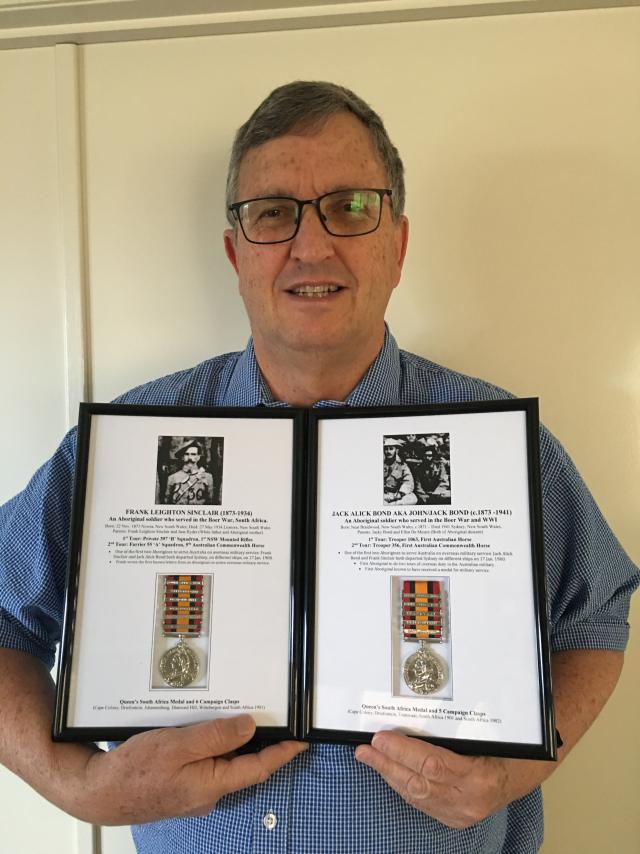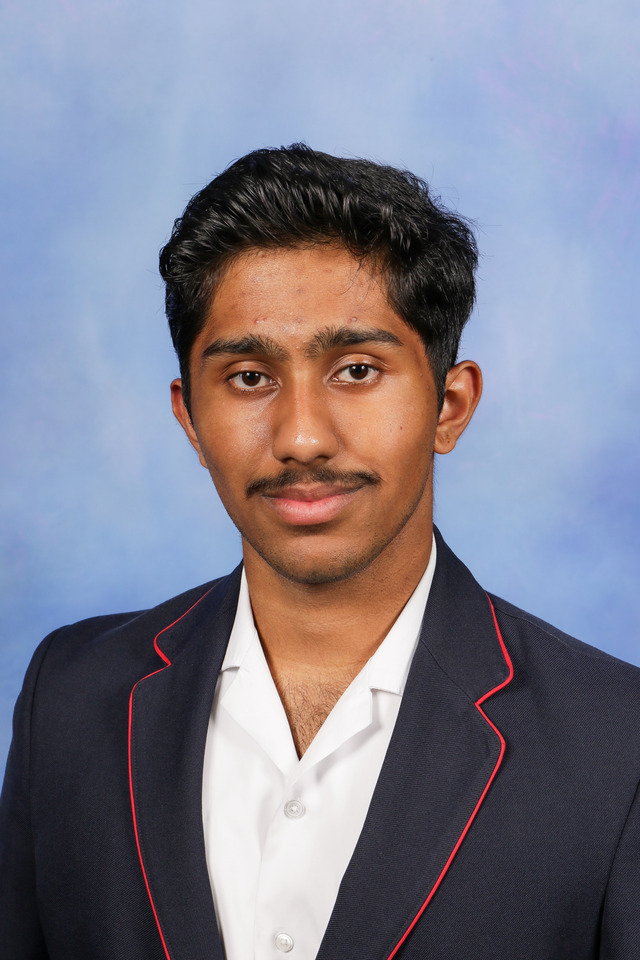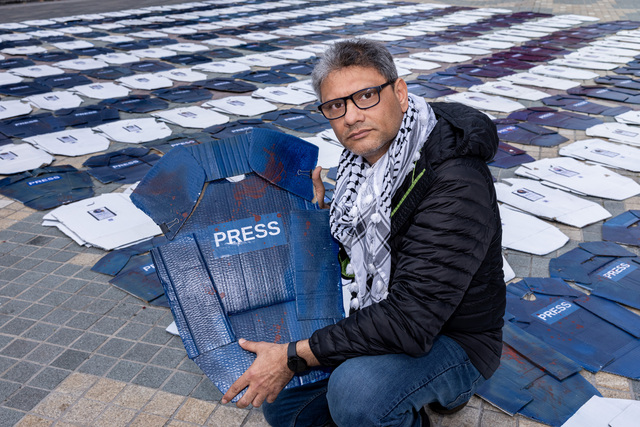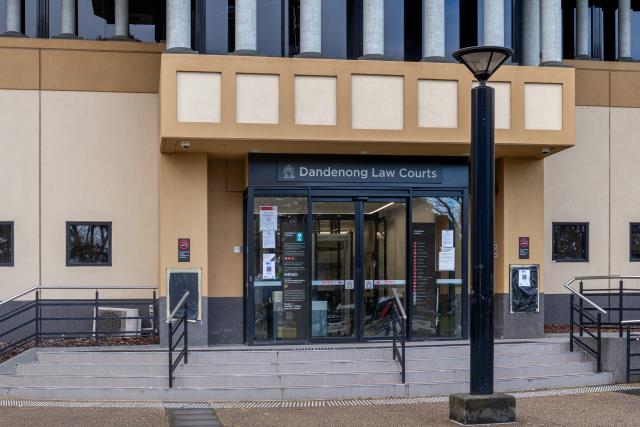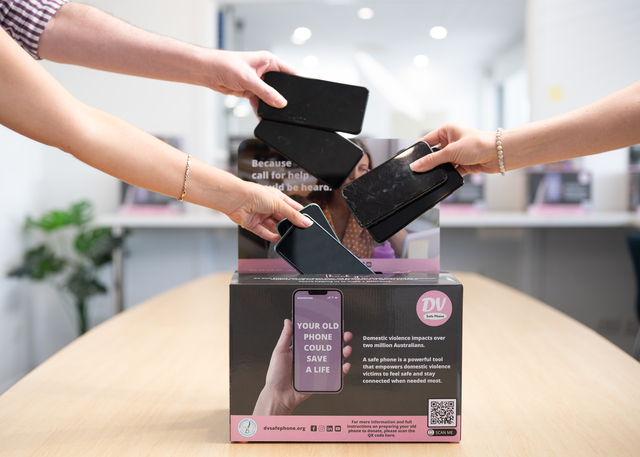When a letter written by Jack Alick Bond was uncovered by Cranbourne East-based Aboriginal Military Historian Peter Bakker in late 2013, it became the earliest known correspondence from an Australian Aboriginal soldier serving overseas.
“I think that the determination of Aboriginal people to participate in Australia’s early armed forces was the first nation-wide contribution to reconciliation in this country,“ Mr Bakker said.
“Fighting together in khaki helped many non-Aboriginal Australians to meet, work together with and befriend their Aboriginal brothers in arms.“
In 2020 Bakker found that four other letters had been written by another Aboriginal soldier, Frank Leighton Sinclair, who by huge coincidence was a fellow Yuin man from the south coast of New South Wales.
Mr Sinclair’s letters predate Mr Bond’s letter by a few months.
All five letters were written in 1900 from the ‘front lines’ in South Africa, and provide new and significant insights into the experiences and thoughts of Australia’s first known Aboriginal soldiers.
These letters were published, like so many other letters from men serving in the Boer War, in local Australian newspaper to meet the local communities’ thirst for information about their men at the front.
These letters demonstrate that Aboriginal soldiers’ reactions to their experiences of the war in South Africa were similar to their white Australian brothers, with initial enthusiasm and excitement giving way to the serious nature of their fighting role and the hardships the war presents to both them and others, to their frustrations and war-weariness.
“As an independent historian it has been a thrill for me to be able to add to, and alter, our understanding of Aborigines participation in Australian society during post-colonisation,“ Mr Bakker said.
“Researching Aboriginal participation in Australia’s early military conflicts has shown me that we need to do much more to acknowledge the contributions and achievements of Aboriginal people.“
Sinclair family descendant, Daniel Dawson, is a proud Dharawal and Yuin man who served as a Private in the Australian Army Reserve for 14 years, saw active duty with the Australian Border Force and in Timor-Leste, and was a recipient of the Soldier’s Medallion for Exemplary Service.
It was only after Mr Dawson completed his military service (2006-2021) that he began to explore his Aboriginal family history.
“Once I completing my time with the ADF Army Reserve I decided to focus on my Aboriginal ancestry,“ he said. a
When Mr Dawson contacted a distant cousin, Grant Higgins, and local military researcher, Peter Bakker, he learned for the first time about his very large Sinclair Aboriginal family tree and how it had made a historically significant contribution to Australia’s military history, going all the way back to the Boer War (1899-1902).
“I was astonished to find out that we had a rich history of family who served our country in the ADF,“ Mr Dawson said.
“Then to further find out through Peter Bakker that an extremely large number of my family served in World War 1, World War 2 and one at the Boer War was a true honour and upon reflection I could feel a special connection to why I joined and the reason why I served the time I did.
Mr Dawson discovered that his five time great grandmother was Kyanga, a full blood Aboriginal woman of the lower south coast, Narooma region, Walbunja country, New South Wales.
In 1849 Kyanga married an Irish ex- convict named Patrick Ryder.
Kyanga’s daughter, Jane Ryder, who married James Adolphus Sinclair, an Australian born of Irish parents, had 12 children.
Seven of her nine sons applied to serve Australia’s military forces and six were enlisted for active service.
This is the largest known number of brothers in any one Aboriginal family to have applied and served in Australia’s military forces.
Ms Ryder’s third eldest son, Frank Leighton Sinclair, was the first to enlist and served with the Private 397 in ‘B’ Squadron of the 1st New South Wales Mounted Rifles in the Boer War.
Frank Sinclair and another Yuin Aboriginal man, Jack Alick Bond, are now recognised as Australia’s first Aboriginal soldiers to serve Australia overseas as their separate ships both departed Sydney for South Africa on 17 January 1900.
During his first tour of duty in South Africa, Mr Sinclair was promoted to Shoeing Smith in January 1901, thus becoming the first known Aboriginal soldier to receive a promotion in rank.
After returning from his first tour of duty overseas, and with Australia having become a nation in 1901, Mr Sinclair enlisted a second time as Farrier 55 in ‘A’ Squadron if the Fifth Australian Commonwealth Horse.
Ms Sinclair, nee Ryder, had five sons who saw active duty in World War One (Joseph, George, Arthur, Charles, and John Victor Sinclair).
Ms Sinclair also had five grandsons serve in World War One, the eldest of which was sadly killed in action at Gallipoli on 21 August 1915.
Mr Dawson is one of at least three members of the Aboriginal Sinclair family who have served in the Australian military forces post World War Two.
He is proud to know that his own military service is now a part of the rich Aboriginal military heritage of the Sinclair family and the Aboriginal community in general.
“I now see that I have followed in the footsteps of my ancestors and our family has honoured our Australia’s people,“ he said.
“I feel so strongly connected to them and further believe that epigenetics has played a significant part to why I joined.
“What an honour it was to learn that so many of my family had served.“
Mr Bakker has been researching and documenting Aboriginal military involvement for over a decade.
He has documented the service of Aboriginals in the Boer War and in the AIF’s small War Graves Services unit at the end of World War One.
Peter undertakes his research in close collaboration with family descendants and the Australian War Memorial to have the life and military service of these Aboriginal men recognised through publications, photographic exhibitions, and war memorials.
He pioneered the establishment of Victoria’s first war memorial, dedicated in Warrnambool, in November 2010.
He has been featured in television and radio news articles, been a speaker at several historical societies, RSLs and war grave dedications, assisted the Shrine of Melbourne with display content and contributed articles to various newspapers.

